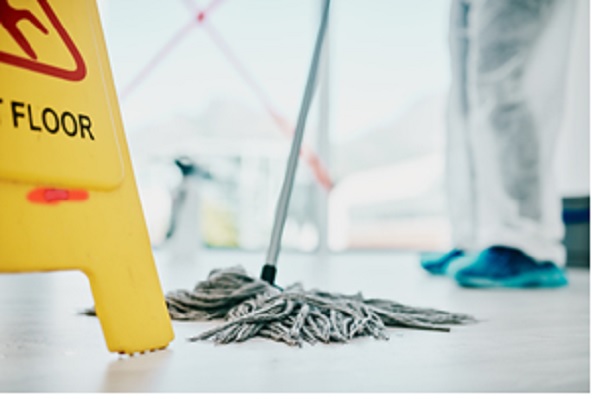Contents
Established breweries and restaurants are known for taking safety serious. Nevertheless, new micro brewers and home brewer may not be in a position of access the food safety testing guidelines to make sure that they brew clean bear.
When it comes to production of the best possible products, sanitation is important. The fact that several small-scale breweries ramp up their productions, sanitation procedures cannot be avoided. Actually, sanitation has become significant in such a way that most brewers have been spending their first year or months to learn to clean before they start brewing. Therefore, have you ever thought of what needs to be done to prevent contamination in beer ?
Swabbing for the Sake of Validating Brewery Cleanliness
In as much as each facility is known for implementing its own sanitation, together with quality control procedures, Pinqkerton produces quality environmental sampling kits and bacterial swabs that are recommended for food safety testing in home production facilities and microbreweries.
Some home brewers are worried about yeast, especially lactobacillus bacteria, which is the common kind of contamination in most breweries. It is believed that unclean lines is main reasons bacteria develop, while the heat exchanger harbors bacteria.
Among the simplest and easiest ways of validating the food safety procedure at microbrewery and home brewery is swabbing for bacteria growth, especially in areas that the beer ought to pass through. According to Pinqkerton: bacterial contamination in beer, all areas that ought to be cleaned and sterile, incorporating exit pipes or ports from the hard piping, the filter, the plate cooler, and fermenter hose ends. What is more, there is room for considering to swab filling heads, and keg interior.
What Causes Bacterial Contamination in A brewery?
Cereals germinate and dry during the grain malting process. Then, the starches are broken down into sugar. As the beer ferments, the yeast consume the sugar. Eventually, alcohol is formed.
It is not a surprise that the high-sugar environment has become attractive to bacteria; these bacteria do not only thrive, but also multiply. Possibly, a batch can be ruined; this is something that contribute towards contamination of the whole facility. For the small-scale vendor, such type of contamination will cost you a lot of money in a product that cannot be used.
Steps to Follow When Swabbing Bacterial Contamination in Breweries
- There is a need for thoroughly cleaning your hands. Forearm to elbow ought to be cleaned as well.
- You need to use gloves and other personal protective.
- If you are using a dry swab, packaging should be unwrapped and some saline solution’s drop added.
- For those using pre-moistened swab, cap ought to be unscrewed and the swab carefully removed. While doing this, you need to be careful enough not to touch the tip of the swap.
- With a firm pressure, the area that is not longer than 10 square centimeter ought to be swabbed. The swab ought to be rotated to assist in ensuring that the entire tip is exposed to the sampling area.
- In a transport medium, place the swab and cap tightly.
- All samples should then be labeled and then uprightly placed for storage.
- Start testing.

